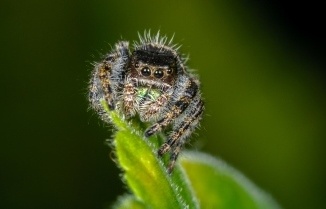Summary:
Spider Biodiversity
Spiders (Arthropoda, Arachnida, Araneae) constitute the seventh most diverse order worldwide. At present, there are over 44,000 recognized species, grouped in 3,924 genera and 112 families. Only five mega-diverse insect orders (Coleoptera, Lepidoptera, Hymenoptera, Diptera and Heteroptera) and mites (Acari) are more speciose. Moreover, estimates of the world’s total spider diversity range from 76,000 (Platnick 1999) to 170,000 (Coddington & Levi 1991). In any case, such numbers are well over the entire 60,000 vertebrate species.
What are the key conservation issues facing the taxon or group?
As many other organisms, spider species are mainly threatened by habitat destruction, invasive species and climate change.
Habitat destruction/alteration probably is the main past, present and future cause of extinction for spider species. Although no species is classified as extinct by IUCN, there is strong evidence that many have disappeared due to habitat destruction, most even before description. As mentioned above, as predators, spiders are subject to the same extinction factors as other organisms in addition to bottom-up effects. This has led to several claims that they may be the first to go extinct due to habitat change, serving as early warner of impeding effects on other groups.
Invasive species have probably led some species to extinction mainly through competition for ecological space. This may be especially critical on islands, where endemism rates are usually high and species have evolved without competitive advantages over aggressive invaders.
Climate change may now be a growing concern for all organisms, with future climatic projections in many sites often falling outside the historical climate boundaries of their species. Recent work in progress indicates that many spider species may lose suitable climatic conditions without a chance for migration due to combined geographical isolation and limited dispersal ability.
Funding Institution:
IUCN.
Partners:
Spider and Scorpion Specialist Group.

